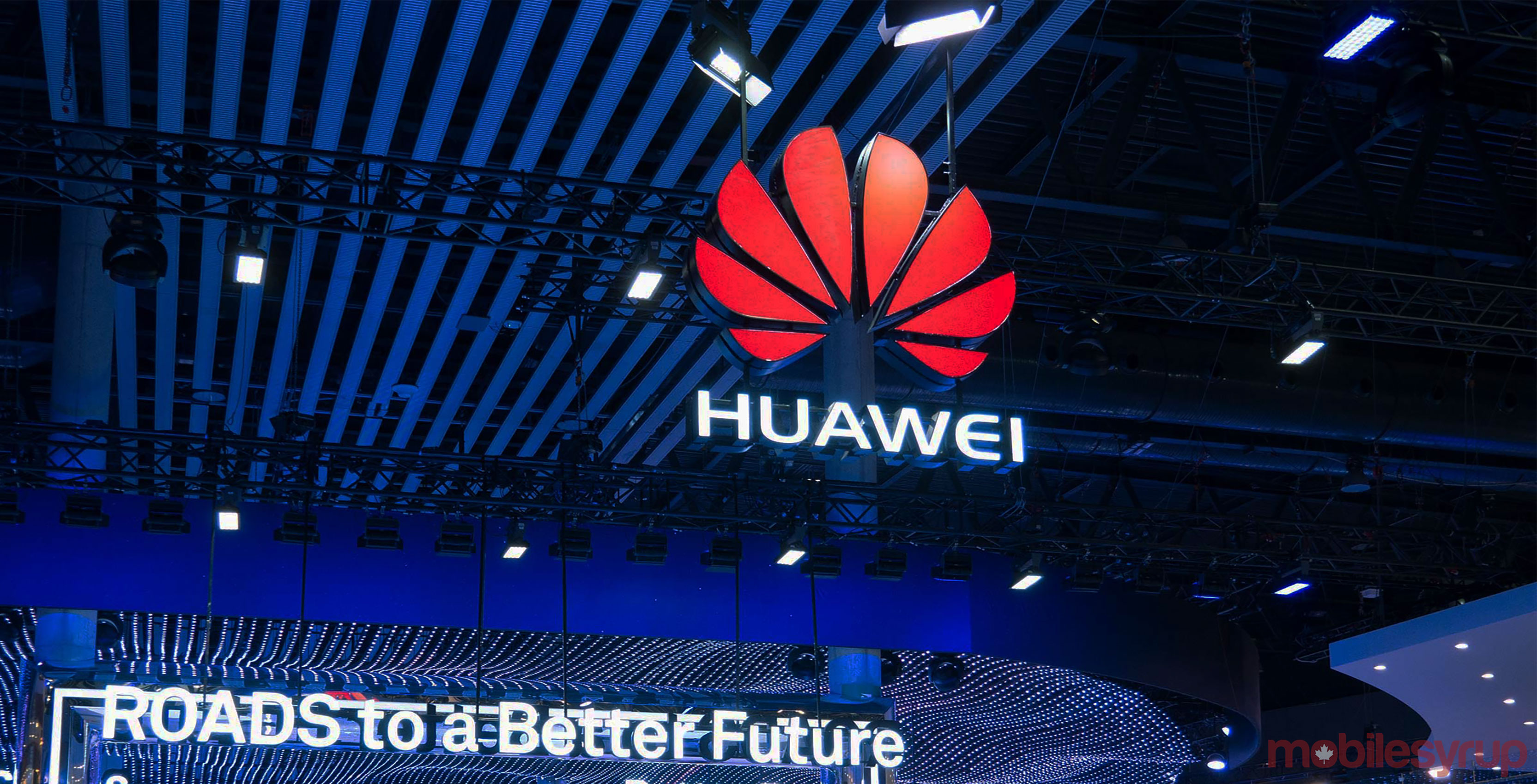
National carriers Bell and Telus confirmed that in recent years they have been using Huawei fibre-optic cables to build out fixed-line networks, despite growing cybersecurity concerns surrounding the company.
According to anonymous sources cited in a January 24th Globe and Mail article, both carriers have spent billions over the past years to replace legacy copper telephone wires with fibre-optic cables. The upgrade delivers faster internet speeds and services.
Both carriers used Huawei as an “additional vendor” to put pressure on its main supplier, Finland’s Nokia, for better prices and terms.
Canada is currently in the middle of a bilateral spat with China over telecommunications giant Huawei and the arrest of its global chief financial officer Meng Wanzhou.
Meng was arrested in Vancouver while in transit to Mexico. She was granted bail but currently faces extradition to the U.S., where authorities reportedly said she deceived international banks to funnel transactions between Huawei and Iran. Meng has maintained that Huawei has no connection or involvement.
In Canada, Huawei has partnered with Bell and Telus to provide equipment to deploy 5G mobile network infrastructure.
Currently, Canada is conducting two reviews, one on the future of 5G technology in Canada, and another on the cybersecurity concerns surrounding Huawei and whether the government should ban it.
The U.S. banned Huawei in August out of fear of cybersecurity concerns. Following the U.S., Australia and New Zealand also banned the company. The three nations are part of the Five Eyes intelligence sharing group that shares information and intelligence regarding terrorism, security and espionage. Canada and the U.K. are the other two members, and both have not banned Huawei.
The Globe and Mail reports that Bell and Telus used Huawei for its gigabit-capable passive optical network (GPON), which is generally used to fill in the last stretch of connection between a network provider and the customer.
According to the publication’s sources, to deploy this type of system, there is a terminal located somewhere in a neighbourhood that contains a large strand of fibre split into tiny strands. A second terminal, much smaller, is placed in a customer’s home and an optical signal is sent from the main terminal strands using light. It’s converted into ethernet signal and then connected to the user’s modem.
The equipment, however, is not part of the network core where sensitive data is stored, and the sources said that the carriers are working with the government to test the security of this equipment. This security test arrangement is similar to the agreement the federal government has with carriers that use Huawei for radios and antennas but not in their core network.
MobileSyrup has reached out to Bell and Telus for comment and will update the article with additional information.
In the Globe and Mail’s report, Bell Spokesperson Marc Choma said that the company works with several network equipment providers to supply equipment in deploying GPON. He added that suppliers go through a strict security screening.
Telus spokesman Richard Gilhooley said the carrier goes not rely on Huawei much to build out its fibre build and that the company mainly utilizes Nokia’s technology.
Source: The Globe and Mail


